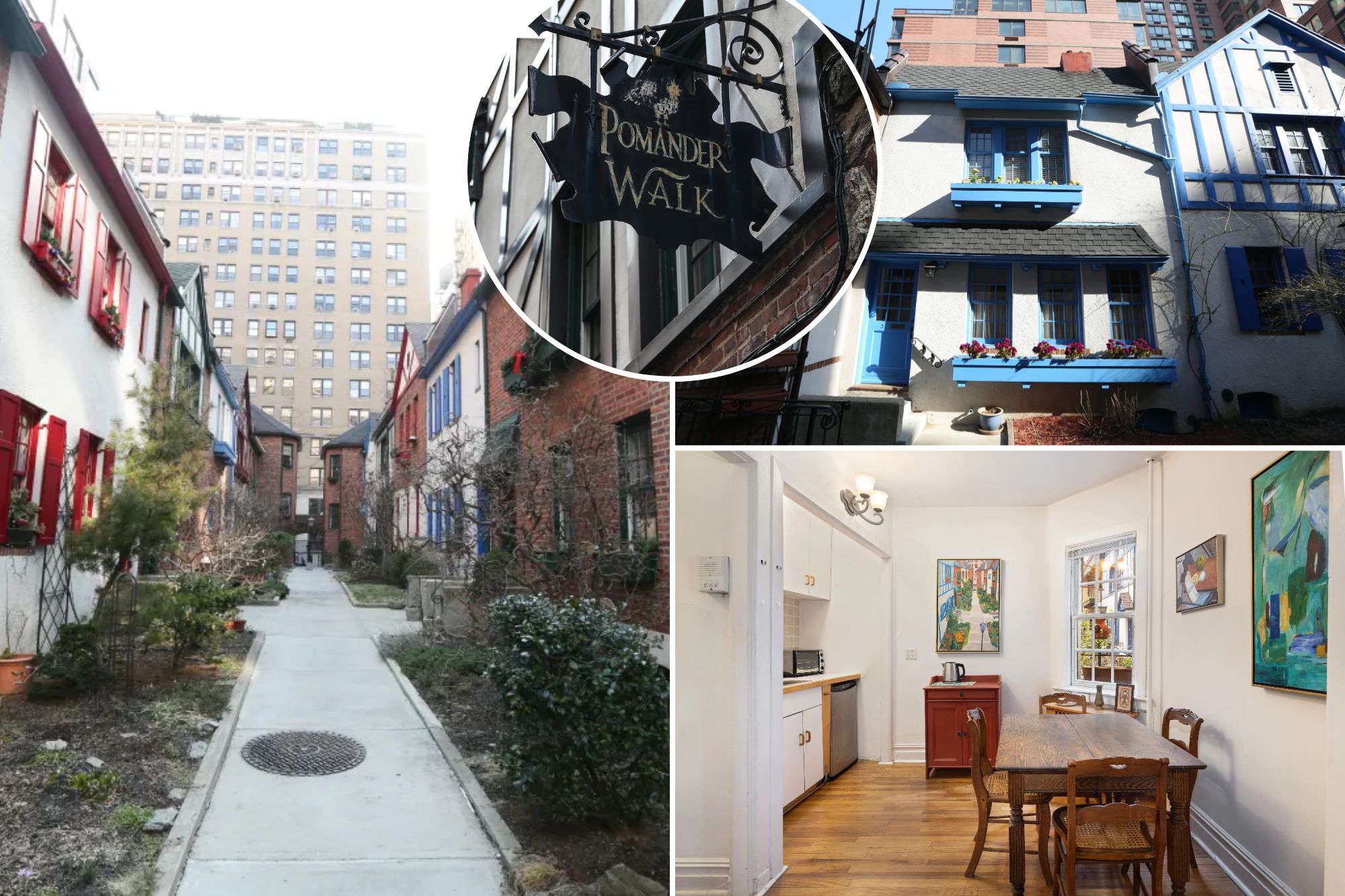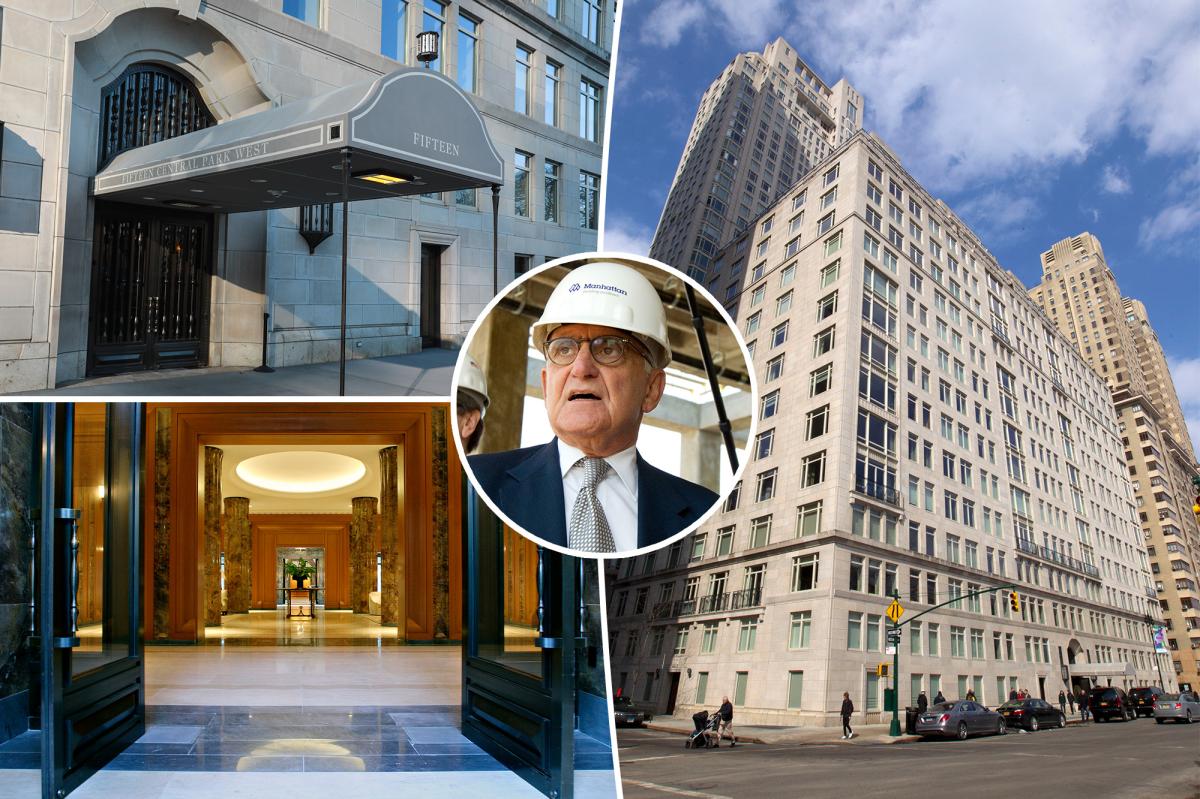P
omander Walk, a 27‑home, Tudor‑style enclave between West 94th and 95th Streets, has long been New York’s most discreet neighborhood. Its iron gates and private gardens give it the feel of an English village rather than a Manhattan block, and because of that charm, units rarely change hands.
In recent months, however, the quiet has been broken. Three homes have appeared on the market almost simultaneously—a rare burst of activity for a co‑op that usually trades in whispers. The newest listing is a one‑bedroom, one‑bath unit at 10 Pomander Walk, priced at $895,000. Described as a “storybook retreat,” it boasts a west‑facing living room with a view of a private garden, custom millwork, and a windowed kitchen and bath. Compass agents Joan Kagan and Scarlett Buford are handling the sale.
The other two listings are one‑bedroom corner cottages, each listed at $699,000, and a duplex that hit the market in September for $1.39 million. Earlier this year, a one‑bedroom unit that had been asking $749,000 closed in under a month.
Natalie Weiss, a Nest Seekers broker who grew up on the walk and has sold roughly twenty homes there, attributes the sudden flurry to timing rather than a trend. “There are years when nothing comes on the market and then something happens—like a pandemic—and a few units pop up,” she says. She notes that 2024 saw no sales, and the enclave was idle from 2017 to 2019.
Weiss’s deep ties to the block are evident. “I was born and raised on the walk. My family lived there for almost fifty years,” she recalls. Even after her mother moved to a building with an elevator, Weiss remains closely connected, still selling units and maintaining friendships with longtime residents.
Pomander Walk was built in 1921 by Irish developer Thomas Healy, inspired by Louis N. Parker’s 1910 play of the same name. The lane has long drawn comparisons to Sylvan Terrace and Sniffen Court and has housed Hollywood icons such as Humphrey Bogart, Rosalind Russell, and Lillian Gish. The gardens, once the site of evening cocktail hours in the 1970s, still serve as a social hub, with residents gathering on Sunday mornings for coffee and news.
The neighborhood’s demographic has shifted from theater stars and retirees to families and professionals, yet the sense of escape remains. “People love the idea that it’s secluded, with beautiful gardens where you can sit peacefully and barely hear the street,” Weiss says.
For buyers, the current wave of listings offers a rare glimpse into a micro‑neighborhood where scarcity has always defined value. “It’s about having something special and unique that no one else has, and that’s hard to come by,” she adds.
Pomander Walk’s Tudor facades, iron gates, and tucked‑away gardens continue to make it one of Manhattan’s most enchanting and elusive enclaves.














